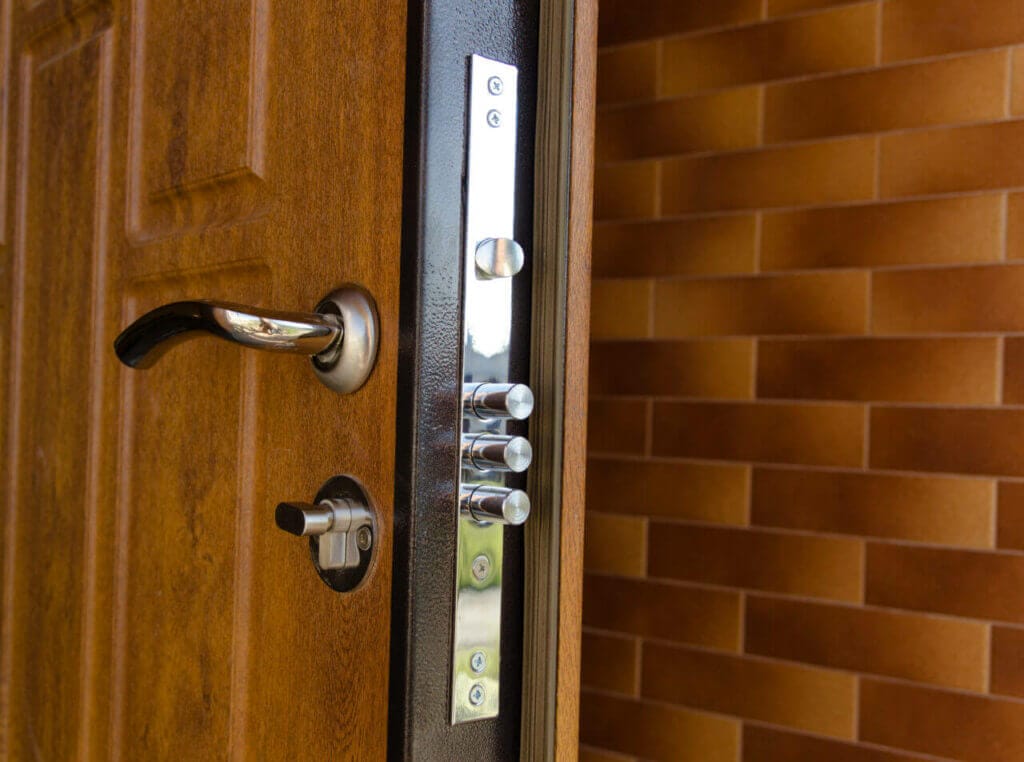The Essential Toolkit: Understanding Pliers and Their Functions
Pliers are indispensable tools that every handyman or DIY enthusiast should have in their toolkit, serving functions from gripping to cutting. This essential toolkit article explores the different types of pliers, their specific uses, and how they can be beneficial when working with materials such as geogrid.

What types of pliers exist?
There are several types of pliers, including slip joint, needle-nose, cutting, and locking pliers. Each is designed for particular tasks, like gripping small items or cutting through wires.
How do you choose the right pliers for a specific task?
Selecting the right pliers is crucial for efficient work. Needle-nose pliers are perfect for detailed tasks in tight spaces, while cutting pliers excel at trimming. Always consider the materials involved, especially geogrid for construction projects.
Are pliers suitable for handling geogrid materials?
Absolutely! Pliers are effective tools for managing geogrid materials during installation. They assist in securing, bending, and cutting the geogrid to meet specific project needs.
What maintenance is required for your pliers?
To maintain your pliers, ensure they are cleaned after use, lubricated at the joints, and stored in a dry environment. This care will prolong their lifespan and enhance their performance, particularly when working with durable materials like geogrid.
Pliers are versatile tools that play a vital role in various tasks, from basic repairs to complex construction involving geogrid. By understanding their types and uses, you can improve your project efficiency and ensure your tools remain reliable.
